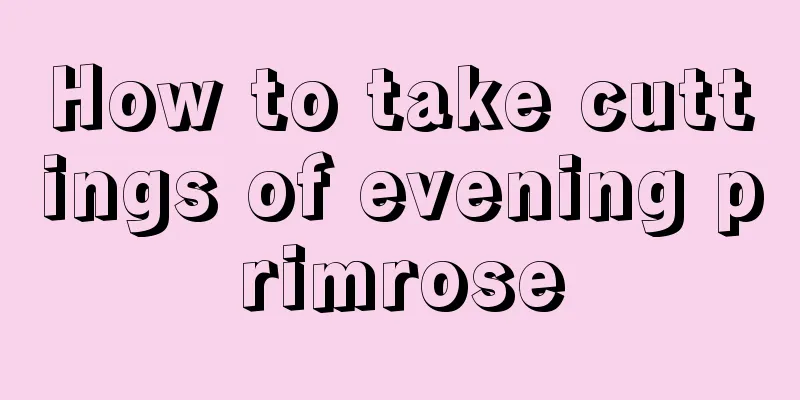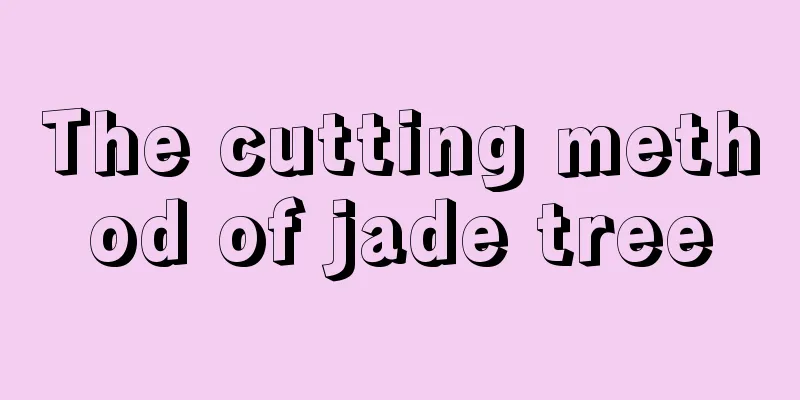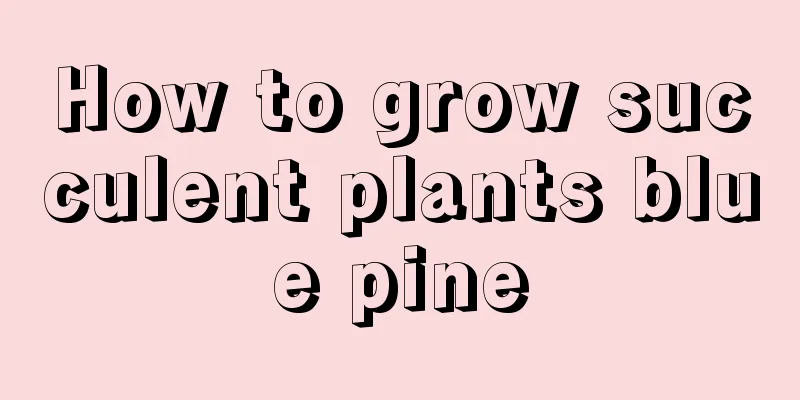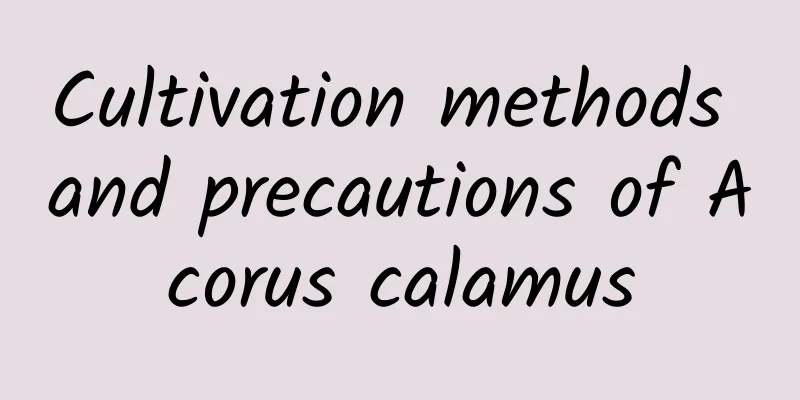How to take cuttings of evening primrose

PreparationGenerally, the cuttings used for evening primrose cuttings are usually combined with pinching. The tops of plants that are relatively sturdy, free of pests and diseases, and in good condition are selected as cuttings, and the tops are used directly for cuttings. The substrate can be selected from one of the following: garden soil: slag = 3:1; or garden soil: medium-coarse river sand: sawdust (vegetable residue) = 4:1:2; or one of paddy soil, pond mud, and leaf mold. Or peat + perlite + expanded clay = 2 parts + 2 parts + 1 part; garden soil + slag = 3 parts + 1 part; peat + slag + expanded clay = 2 parts + 2 parts + 1 part; sawdust + vermiculite + medium-coarse river sand = 2 parts + 2 parts + 1 part. Specific methodsThe most suitable temperature for rooting cuttings is 18℃-25℃. If it is lower than 18℃, it will be difficult for the cuttings to take root. If it is higher than 25℃, the cut ends of the cuttings will be easily infected by pathogens and rot, so a certain temperature must be maintained. Insert the cuttings obliquely into the substrate and then water them thoroughly. Management after cuttingWhen the temperature drops after cuttings, the main measure for keeping warm is to wrap the pots or containers used for cuttings with film; when the temperature is too high after cuttings, the main measure for cooling down is to shade the cuttings, blocking 50% - 80% of the sunlight. After cuttings, the relative humidity of the air should be maintained at 75%-85%. The humidity can be increased by spraying the cuttings 1-3 times a day. The frequency can be appropriately increased when the temperature is high, and reduced on rainy days. However, be careful not to over-spray, which will cause the plants to be infected by pathogens and then rot. Cutting propagation cannot be separated from sunlight. However, the stronger the light, the higher the temperature inside the cuttings, the more vigorous the transpiration of the cuttings, the more water is consumed, which is not conducive to the survival of the cuttings. Therefore, after cuttings, 50% - 80% of the sunlight must be blocked. After the roots grow out, the shading net can be gradually removed. On sunny days, the shading net should be removed at 4:00 p.m. every day and covered before 9:00 am the next day. |
>>: How to trim the hyacinthus
Recommend
The efficacy and function of dog liver vegetable
1. Efficacy and Function Dog liver vegetable has ...
How to grow Fire Festival succulents
Fire Festival Succulent Growth Conditions The Fir...
How to propagate trumpet creeper and what to pay attention to
How to reproduce trumpet creeper The main ways of...
The flower language of Platycodon grandiflorum
Flower Language Platycodon flowers represent eter...
The best orchid fertilizer (which organic fertilizer is best for growing orchids)
When is the best time to fertilize orchids? Looki...
Can pomegranate seeds be planted?
1. Can it be planted? Pomegranate seeds can be pl...
If your lucky tree looks wilted, don’t be afraid, it will get better by watering it like this!
Everyone knows about the lucky tree. Because of i...
How often should I water the tiger plant? What should I do if I water too much?
How often should I water the tiger plant? When gr...
Can camellia be grown indoors?
1. Can it be placed The answer has been given ver...
When is the best time to sow butterfly flower seeds?
Cleome seeds sowing time The seeds of the butterf...
Does the golden-edged agave bloom?
1. It will bloom, but it takes time In fact, the ...
How to promote the flowering of Phalaenopsis
How to promote the flowering of Phalaenopsis Ther...
Can onions be grown hydroponically? How to grow onions hydroponically
Can onions be grown hydroponically? Onions can be...
It is better to water the big tree every few days.
How often should I water a tree? How often a larg...
The fastest way to root jasmine cuttings
1. Suitable environment It is best to do cuttings...









